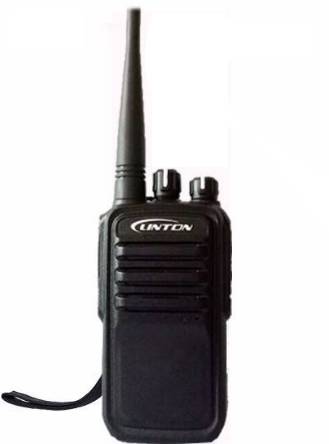
Privacy statement: Your privacy is very important to Us. Our company promises not to disclose your personal information to any external company with out your explicit permission.
The directional coupler is a general microwave/millimeter wave component that can be used for signal isolation, separation and mixing, such as power monitoring, source output power stabilization, signal source isolation, transmission and reflection sweep testing, etc.
The main technical indicators are directivity, standing wave ratio, coupling degree, and insertion loss.
Microwave components that are used to distribute or combine microwave signal power and have directional coupling characteristics. It is composed of an appropriate coupling structure between the main and auxiliary transmission lines (referred to as the main and auxiliary lines). The directional coupler adopts various types such as coaxial line, strip line, microstrip line, metal waveguide or dielectric waveguide. Coupling structures include coupling holes, coupling branch lines, and continuous structure coupling.


What is a "directional coupler"?

The main function of the coupler is that the power transmitted in the main line is coupled to the secondary line through a variety of ways, and interfere with each other and only transmit in one direction in the secondary line.
Currently, there are mainly two types of directional couplers: standard directional couplers with one coupling port and one termination port; and dual directional couplers with forward and reverse coupling ports. In addition, there are other types of dual directional couplers. These dual directional couplers are called forward couplers and reverse couplers, depending on the type of coupling port coupled to the forward or reverse port.
Precautions for using directional coupler
In the process of using the directional coupler, it is important to note that the amount of coupling provided by the directional coupler has a direct impact on the theoretical minimum value of the insertion loss of the main transmission path. The smaller the coupling amount of the port, the lower the insertion loss. Generally, the rated power level of the coupling port is lower than the rated power level of the main transmission path. When the difference between the power of the main transmission path and the coupling strength exceeds the power handling capacity of the coupling port, a malfunction may occur. In general, the directionality of the three-port directional coupler with precise internal matching termination is higher than that of the four-port directional coupler with external termination.

Another factor to consider is the termination type of the directional coupler's termination port. If the termination resistance is set to be equal to the inherent impedance of the transmission line (usually 50 ohms), the energy at the termination port can be absorbed by a very small amount of reflection. However, when the termination port is short-circuited or open, or does not match the characteristic impedance of the transmission line, the energy at the port will be reflected back to the main transmission path. In addition, when the power of the terminating port exceeds the power limit of the terminator, a malfunction may occur.
Use of directional coupler
Directional couplers are commonly used in test and measurement applications. An example here is to measure the input power and reflected power of the transmission line by using a dual directional coupler, or by implementing a number of tests with a directional coupler. This can be used as a measure of the voltage standing wave ratio after removing the loss of the coupler itself. Other uses include, for example, signal sampling, signal injection, and power flux monitoring. In order to achieve the best accuracy, users must also consider the loss of the directional coupler itself.

When implementing accurate measurements, it is also necessary to consider the isolation between ports according to the quality of the directional coupler. Regardless of the coupling, there is usually a certain degree of leakage between the coupler ports. This amount of leakage is usually referred to as isolation, and is used to measure the leak-proof capability of a coupler design. The directivity of a directional coupler is the ratio of isolation to the coupling coefficient, which is a common performance index of the coupler.
Most directional couplers do not allow DC current to pass due to the DC grounding of the port, and only some directional couplers can allow DC current to pass. For directional couplers that allow direct current to pass, it is important to keep the current below the rated value to prevent resistive loss from causing heat or affecting termination performance. In order to meet the target performance, all ports of the dual directional coupler (or bidirectional coupler) must be grounded. In addition, the important point is that the ground quality and connected load must match the port impedance of the directional coupler.
A 90-degree or 180-degree bridge is also commonly referred to as a "coupler." Although the physical design of these devices usually looks very similar to a directional coupler, their working mode is fundamentally different from that of a directional coupler. However, since this type of device can perform power distribution (3dB distribution) between the output and coupling ports, it may cause damage when it is mistaken for a directional coupler with a very low coupling coefficient.
November 16, 2024
November 14, 2024
September 18, 2023
June 28, 2024
June 28, 2024
この仕入先にメール
November 16, 2024
November 14, 2024
September 18, 2023
June 28, 2024
June 28, 2024

Privacy statement: Your privacy is very important to Us. Our company promises not to disclose your personal information to any external company with out your explicit permission.

Fill in more information so that we can get in touch with you faster
Privacy statement: Your privacy is very important to Us. Our company promises not to disclose your personal information to any external company with out your explicit permission.